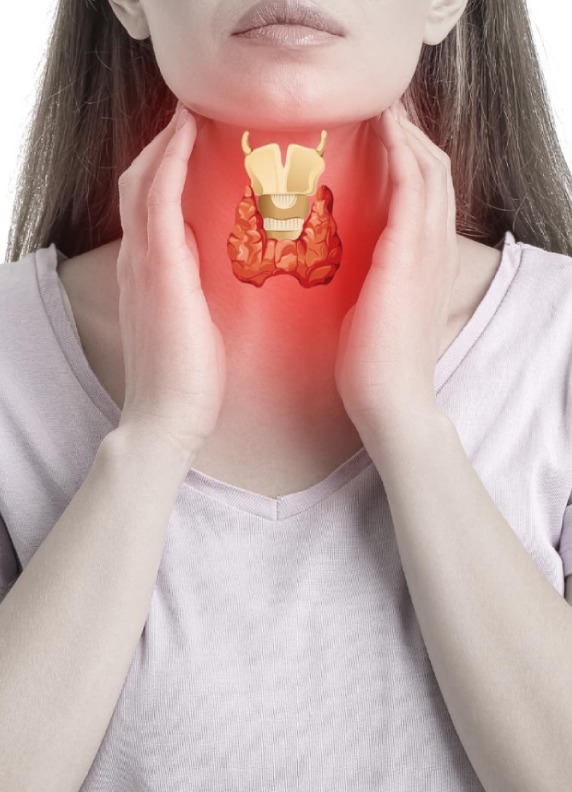Definition
Disorders of the Parotid and submandibular glands refer to various conditions that affect these major salivary glands located in the head and neck. These disorders can range from infections to tumors and can impact both the glands function and overall health.

Causes of Disorders of Parotid and Submandibular Glands
Disorders of these salivary glands can be attributed to a variety of causes, including:
Infections: Bacterial or viral infections can lead to inflammation and glandular blockages
Salivary Stones: The formation of calcified deposits, known as salivary stones or sialoliths, can obstruct the salivary ducts.
Tumors: Benign or malignant growths within the glands can disrupt their function.
Autoimmune Conditions: Diseases like Sjögren’s syndrome can affect salivary glands.
Dehydration: Inadequate hydration can reduce saliva production, leading to gland-related symptoms.
Trauma: Physical injury to the head and neck area may damage these glands.
Symptoms of Disorders of Parotid and Submandibular Glands
The salivary gland disorders symptoms can vary depending on the underlying cause, but common symptom may include:
Swelling: Enlargement or tenderness of the affected gland(s).
Pain: Discomfort or pain, especially during meals or when the glands are stimulated.
Dry Mouth: Reduced saliva production can lead to dry mouth and difficulties in swallowing or speaking.
Fever: Infections may cause fever and inflammation.
Pus Drainage: In cases of infection, pus may drain from the gland ducts.
Facial Pain: Pain in the face or jaw may be present.
Taste Changes: Altered taste sensation or metallic taste in the mouth.
Difficulty Opening the Mouth: Swelling or pain can hinder mouth opening.

Investigations
- Blood test including CBC,CRP and viral markers to rule out acute infection
- Biopsy and FNAC of the suspicious lesion
- Imaging studies including USG, CECT,MRI and in some cases PET Scan.
Treatment of Disorders of Parotid
and Submandibular Glands
Salivary gland disorders treatment options depend on the specific disorder and its severity:
1. Infections: Antibiotics are prescribed for bacterial infections. Viral infections may require supportive care.
2. Salivary Stones: Removal of stones through non-invasive procedures or surgery may be necessary.
3. Tumors: Benign tumors may be observed, while malignant tumors often require surgical removal and other treatments.
4. Autoimmune Conditions: Medications can be used to manage underlying autoimmune diseases.
5. Dehydration: Adequate hydration and good oral hygiene can help manage symptoms.
6. Trauma: Treatment may involve managing injuries and providing support for healing.
Management and Prevention:
To manage and prevent disorders of these glands:
Hydration: Maintain proper hydration to ensure adequate saliva production.
Oral Hygiene: Maintain good oral hygiene practices to prevent infections.
Regular Check-Ups: Routine visits to an ENT specialist for early detection and management of issues are essential.
Summary
Disorders of the parotid and submandibular glands encompass a range of conditions that can affect these crucial salivary glands. Causes include infections, salivary stones, tumors, autoimmune diseases, dehydration, and trauma. Symptoms can involve swelling, pain, dry mouth, fever, and more. Treatment varies depending on the specific disorder but may include antibiotics, stone removal, surgical intervention, and medication. Prevention and management involve maintaining proper hydration, good oral hygiene, and regular check-ups.

